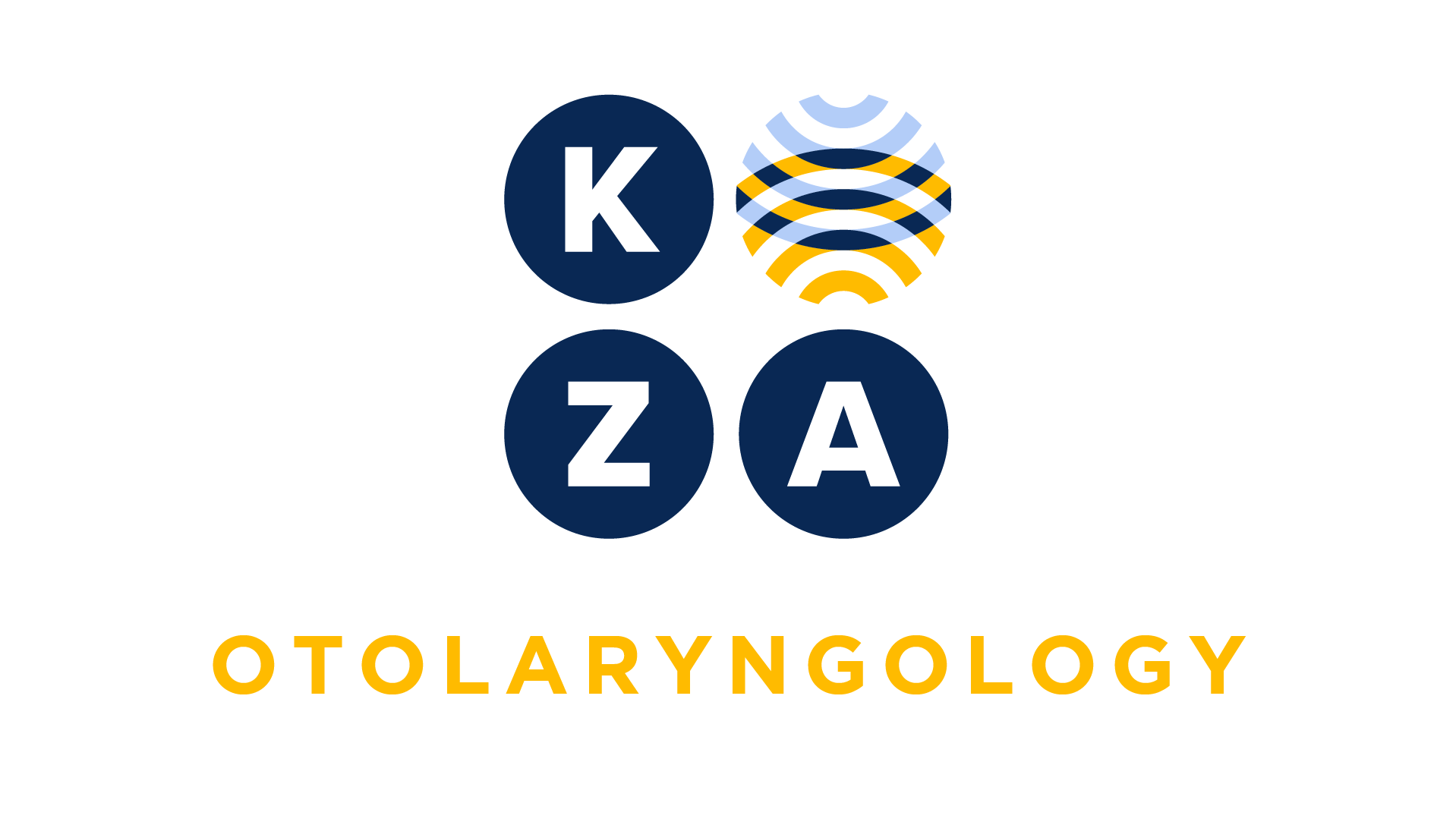
Choose your specialty from the list below to see how our experts have tackled a wide range of client questions.
Looking for something specific? Utilize our search feature by typing in a key word!
Clarification for TLIF with Contralateral Posterior Fusion Using Robotic Navigation
TLIF case using robot/navigation. Placing a posterior fusion on the contralateral side of the spine from the TLIF. He is using a the robot to plan a "false" screw then using robot to drill the opposite facet and then place bone graft into the facet. It requires additional time both before and after procedure. Would this be coded as 22612 along with 22633?
Question:
I am looking for guidance on a Transforaminal Lumbar Interbody Fusion (TLIF) case using robot/navigation. Placing a posterior fusion on the contralateral side of the spine from the TLIF. He is using the robot to plan a "false" screw then using robot to drill the opposite facet and then place bone graft into the facet. It requires additional time both before and after procedure. Would this be coded as 22612 along with 22633?
Answer:
Thank you for your question. If the contralateral posterior fusion is performed at the same level as the TLIF and is considered part of the same interspace, then CPT 22633 alone should be reported. This code already includes both the posterior interbody fusion and the posterolateral fusion at a single level. Even if robotic navigation is used to access the contralateral facet and place bone graft, it does not justify separate coding with 22612.
*This response is based on the best information available as of 9/25/25.
J3301 Triamcinolone Billing
When billing HCPCS code J3301 Triamcinolone acetonide injectable suspension nos (Kenelog), if 40 mgs are injected, do I bill J3301 x 4 units or J3301 x 40 units?
Question:
When billing HCPCS code J3301 Triamcinolone acetonide injectable suspension (Kenelog), if 40 mgs are injected, do I bill J3301 x 4 units or J3301 x 40 units?
Answer:
HCPCS code J3301 triamcinolone acetonide injectable suspension, not otherwise specified, (Kenalog) is billed based on 10mg dosage. If 40 mgs are injected, it would be coded with J3301 x 4 units.
Do not confuse this with HCPCS J1030 Depo Medrol which changed in 2024 and is now coded for 40 mg as J1010 x 40 units.
*This response is based on the best information available as of 9/25/25.
Is CPT 20660 separately reportable with 61313?
My surgeon wants to bill CPT 20660 and CPT 61313. Is 20660 appropriate to report in addition?
Question:
My surgeon wants to bill CPT 20660 and CPT 61313. Is 20660 appropriate to report in addition?
Answer:
Great question! Thank you for asking KZA!
If you review the CPT descriptor for CPT 20660, this is a designated separate procedure.
First, let’s review what a “separate procedure” is:
CPT Says: “Some of the procedures or services listed in the CPT codebook that are commonly carried out as an integral component of a total service or procedure have been identified by the inclusion of the term “separate procedure.” The codes designated as “separate procedure” should not be reported in addition to the code for the total procedure or service of which it is considered an integral component.
However, when a procedure or service that is designated as a “separate procedure” is carried out independently or considered to be unrelated or distinct from other procedures, report the code in addition to other procedures/services by appending modifier 59 to the specific “separate procedure” code. This indicates that the procedure is not considered to be a component of another procedure, but is a distinct, independent procedure. This may represent a different session, different procedure or surgery, different site or organ system, separate incision/excision, separate lesion, or separate injury (or area of injury in extensive injuries).”
That said, this means in practice that if a code description includes the term “separate procedure,” if that procedure is in the same anatomic area as a more comprehensive procedure (for example, application of a headframe followed by a craniectomy), only the more comprehensive procedure, the craniectomy (61313), is reported.
*This response is based on the best information available as of 9/25/25.
E/M Coding Based on Time
When choosing the level of E/M we are confused about the History and Exam. If we choose a level of E/M based on time, does this time count toward total time, or is it only time spent on MDM?
Question:
When choosing the level of E/M we are confused about the History and Exam. If we choose a level of E/M based on time, does this time count toward total time, or is it only time spent on MDM?
Answer:
When choosing a level of E/M based on time, CPT identifies the following activities as those that may contribute to total time on the date of service. Obtaining the history and performing the exam contribute to the total time for code selection. These activities occur on the same day as the actual encounter to contribute to the level of service. The following services must be performed and documented by the practitioner. Ancillary staff time does not count.
Physician/other qualified health care professional time includes the following activities when performed:
preparing to see the patient (e.g., review of tests);
obtaining and/or reviewing separately obtained history;
performing a medically appropriate examination and/or evaluation;
counseling and educating the patient/family/ caregiver;
ordering medications, tests, or procedures;
referring and communicating with other health care professionals (when not separately reported);
documenting clinical information in the electronic or other health record;
independently interpreting results (when not separately reported) and communicating results to the patient/family/caregiver; and
care coordination (when not separately reported).
Source: CPT Assistant April 2022*This response is based on the best information available as of 9/25/25.
Selecting Skull Base Surgical Approaches
How should we bill for a skull base surgery approach when the surgeon accessed both the middle and posterior cranial fossae (e.g., CPT® 61591 and 61595), and the main lesion was resected from the posterior cranial fossa (e.g., CPT® 61616)?
Question:
How should we bill for a skull base surgery approach when the surgeon accessed both the middle and posterior cranial fossae (e.g., CPT® 61591 and 61595), and the main lesion was resected from the posterior cranial fossa (e.g., CPT® 61616)?
Answer:
Per CPT® guidelines, codes 61591 and 61595 represent distinct surgical approaches to the middle and posterior cranial fossae, respectively. They do not denote which area of the brain is accessed. Each code includes specific required components:
61591 – Infratemporal post-auricular approach to middle cranial fossa (internal auditory meatus, petrous apex, tentorium, cavernous sinus, parasellar area, infratemporal fossa) including mastoidectomy, resection of sigmoid sinus, with or without decompression and/or mobilization of contents of auditory canal or petrous carotid artery
61595 – Transtemporal approach to posterior cranial fossa, jugular foramen or midline skull base, including mastoidectomy, decompression of sigmoid sinus and/or facial nerve, with or without mobilization
To report both codes, the operative note must clearly support that all required elements of each code were performed as separate and distinct procedures. Importantly, the mastoidectomy is not optional in either code, and the work on the sigmoid sinus must be a resection for 61591 and decompression for 61595. If these elements overlap or are not separately performed, reporting both codes is not supported.
The middle and posterior cranial fossae are anatomically adjacent, and surgical access to one may involve access to the other. Traversing the middle fossa to reach a posterior lesion does not, by itself, justify reporting a separate middle fossa approach code.
In cases involving resection of a vestibular schwannoma, CPT® instructs coders to use the traditional combined approach and resection codes (61520, 61526, or 61530) rather than the skull base code sets (61580–61619). These codes bundle the approach and resection into a single code and are generally more appropriate for cerebellopontine angle tumors like vestibular schwannomas.
If the lesion is confined to the posterior fossa and the middle fossa was only used as a surgical corridor, then 61595 alone is appropriate. Modifier -22 may be considered if additional complexity is well-documented.
While CPT® does not explicitly prohibit reporting two approach codes, it emphasizes the following principles:
Duplicative work must be avoided
Each code must be fully supported by documentation
Overlapping anatomical access does not justify separate approach or resection codes
If documentation does not support all elements of both codes, and duplication exists, then the coding is not clinically supported. In such cases, CPT® guidance suggests that an unlisted procedure code may be more appropriate.
*This response is based on the best information available as of 9/25/25.
Angioplasty vs. Stent Placement
Our providers are using a self-expanding scaffold system that features integrated balloon dilation. This device is designed to temporarily support the artery, widening blockages, but the scaffold is retrieved at the end of the procedure, so no permanent implant remains. Such technology represents an innovation for treating peripheral artery disease, especially in cases with complex, calcified narrowing of lower limb arteries. Given that the scaffold is temporary and removed, my coding research indicates this procedure should be reported as angioplasty. Some device vendors suggest billing as stent placement. Is this accurate?
Since it leaves no implant behind my coding research states to use angioplasty-vendor states bill as stent?
Question:
Our providers are using a self-expanding scaffold system that features integrated balloon dilation. This device is designed to temporarily support the artery, widening blockages, but the scaffold is retrieved at the end of the procedure, so no permanent implant remains. Such technology represents an innovation for treating peripheral artery disease, especially in cases with complex, calcified narrowing of lower limb arteries. Given that the scaffold is temporary and removed, my coding research indicates this procedure should be reported as angioplasty. Some device vendors suggest billing as stent placement. Is this accurate?
Answer:
For procedures using a temporary self-expanding scaffold with balloon dilation, where the scaffold is removed at the end and no permanent implant remains in the vessel, the intervention should be coded as angioplasty, not a stent placement. Stent placement codes are reserved for conventional stents that remain in the vessel as permanent implants, in accordance with CPT and major coding guidelines. Angioplasty codes are the correct choice when no permanent stent is left behind.
*This response is based on the best information available as of 9/25/25.
Do you have a Coding Question you would like answered in a future Coding Coach?
If you have an urgent coding question, don't hesitate to get in touch with us here.






